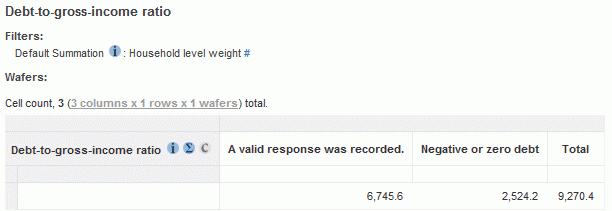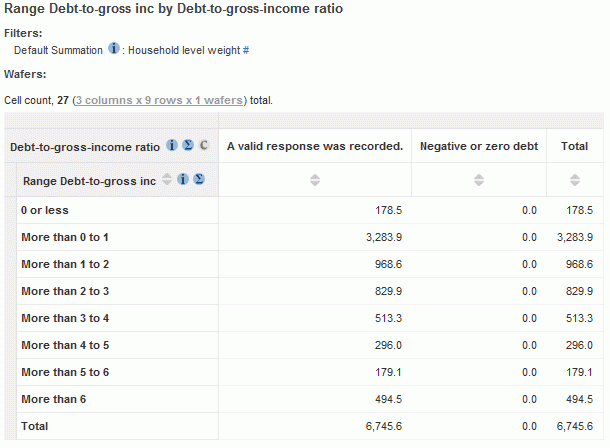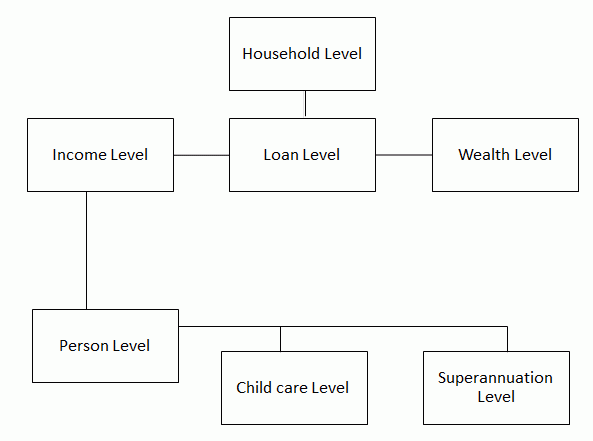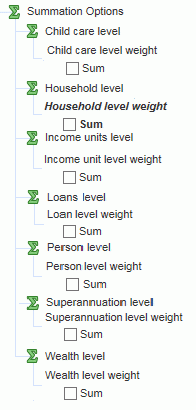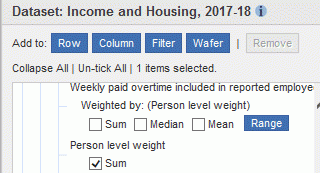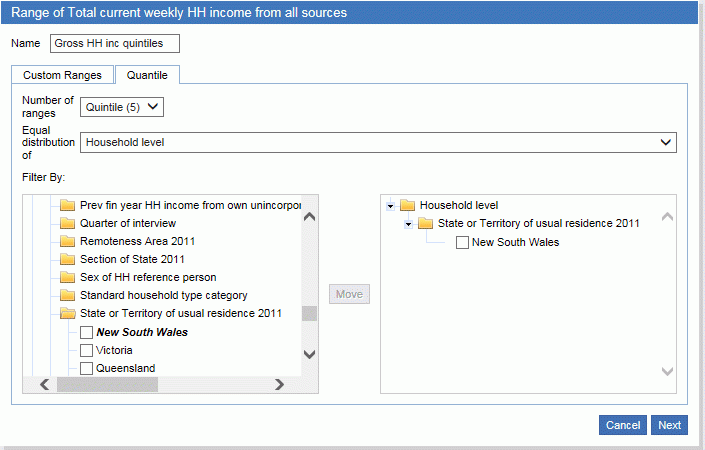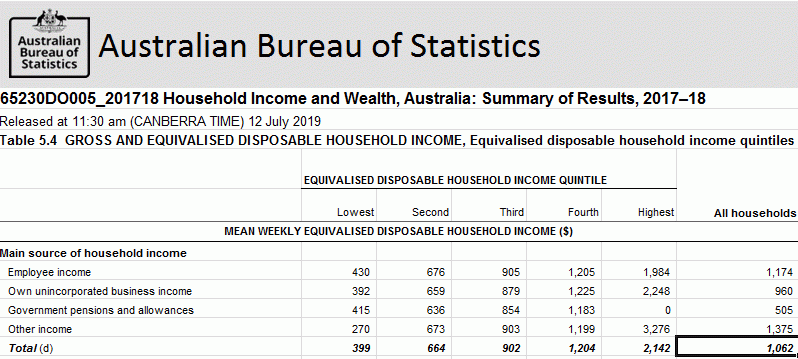Record level types
- Basic microdata contains four levels of record files: Household, Income Unit, Person and Loans.
- Detailed microdata and TableBuilder includes more levels including Superannuation, Child care and Wealth.
Different information is available for each record level.
The Household level includes information on:
- State or territory of usual residence
- Area of residence (Greater Capital City Area/Rest of state)
- Housing characteristics such as tenure type and housing costs
- Dwelling characteristics such as the number of bedrooms in the household
- Household type and composition such as the number of families in the household
- Household income
- Household child care costs, benefits, subsidy, number of hours of child care
- Main source of income such as employee income or government pensions and allowances
- Household wealth
- Net imputed rent and gross imputed rent
- Information relating to the household reference person
The Income Unit level includes information on:
- Income unit income
- Source of income such as employee income or government pensions and allowances (as for household level)
- Weekly rent payments
- Income unit type such as couple with dependants or lone person
- Selected housing characteristics (including tenure type and landlord type)
- Child care use, costs and subsidies
- Demographic information
The Person level includes information on:
- Age
- Sex
- Marital status
- Relationship in household
- Country of birth
- Year of arrival in Australia
- Family type
- Income unit type such as couple with dependants or lone person (as for income unit level)
- Labour force details such as employment status and hours worked per week
- Occupation and industry
- Education status
- Education qualifications and education institution attending
- Income
- Source of income
- Barriers to labour force participation due to child care related reasons
- Carer payment and supplement
- Information on personal assets, accounts with financial institutions and offset accounts
- Superannuation
- Disability, including type and severity
The Loans level contains information about the characteristics of each loan such as:
- Main purpose of loan such as housing or vehicle
- Characteristics of loan such as:
- Security
- Amount borrowed
- Principal outstanding
- Weekly repayment
The following levels are only present in the detailed microdata in the DataLab.
The Child care level contains information about the characteristics such as:
- Cost of care
- Type of care
- Child Care Subsidy and Additional Child Care Subsidy
- Income units
The Superannuation level contains information about the characteristics such as:
- Age at which recipient receives regular income from account
- Type, value and duration of Superannuation account
- Income units
The Wealth level contains information about the characteristics such as:
The Household, Income Unit and Person levels are hierarchical: a person is a member of an income unit, which is a member of a household. The Loans and Wealth levels are members of the household level. Superannuation and Child care are members of the person level.
There are several identifiers on records at each level of the file. Weights are also included to enable population estimates. In the basic microdata, children under 15 years do not have their own person level record on the file. However, information on the number and ages of such children was collected and is included on the household and income unit level files. A complete list of the data items available on each record level is available from the Data downloads section.

